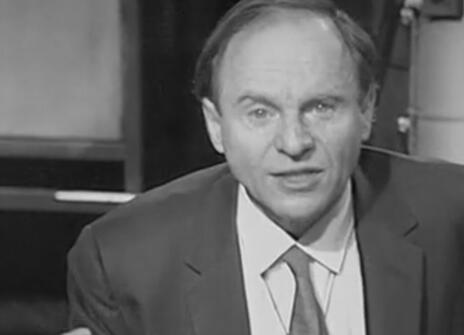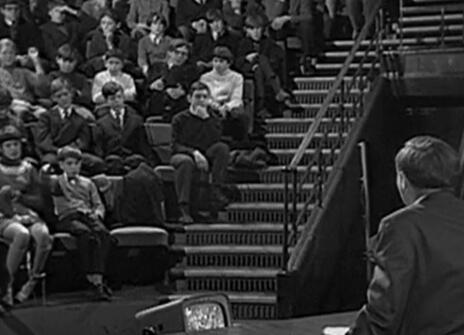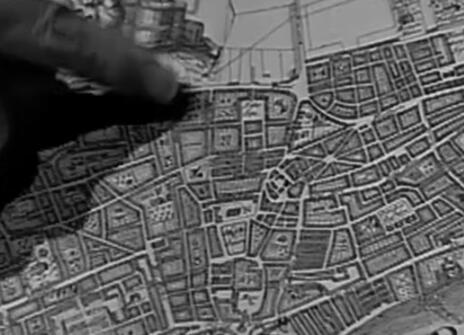Lecture 4 – Lilliput and Brobdingnag since the industrial revolution
From the 1968 Lecture programme:
The lands Gulliver visited were technologically underdeveloped. He saw no steam engine nor even gunpowder. What does scale mean for the engineer, for all the man-made things of our modern world? We will look at ships and guns and chemical plants, at transformer sub-stations and computers, and try to see what our technology would have been like had we, humans, been the size of the men of Gulliver's voyages. For example, Brobdingnag turns out to be a very peaceable land, until lately at least, for its big cannon would have impractically small range; Lilliput, on the other hand, was at once horribly affected by the introduction of gunpowder. Each development has its proper size. Model makers will recognize some of these results out of their own experience. Large-scale engineering is still undeveloped among us for such reasons.
About the 1968 series of CHRISTMAS LECTURES
In the 1968 CHRISTMAS LECTURES, physicist Philip Morrison explores the science of scale through the eyes of Jonathan (also knows as Dean) Swift's classic book, Gulliver's Travels.
From the 1968 Lecture programme:
It was the marvellous imaginary voyages of Lemuel Gulliver which made us see a world of petty six-inch patriots, or of sixty-foot people, large-minded and generous. Dean Swift was not writing science, but he lighted for our minds the meaning of size in our perception and in all human affairs.
In science the scale of things is often decisive. We human beings can view the world from one scale only, our own. But in that world are ants and whales, mountains and seas, planets, stars and atoms. A great deal of their nature is explainable as the consequence of their magnitude, for the fundamental building bricks of all the world, the particles of the physicist, fix a size built somehow into everything material.
Disclaimer
The Ri has removed footage of various man propelled flying machines as the third party copyright could not be cleared.





